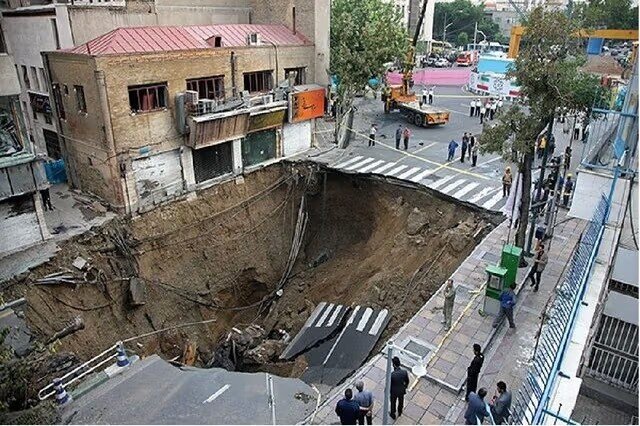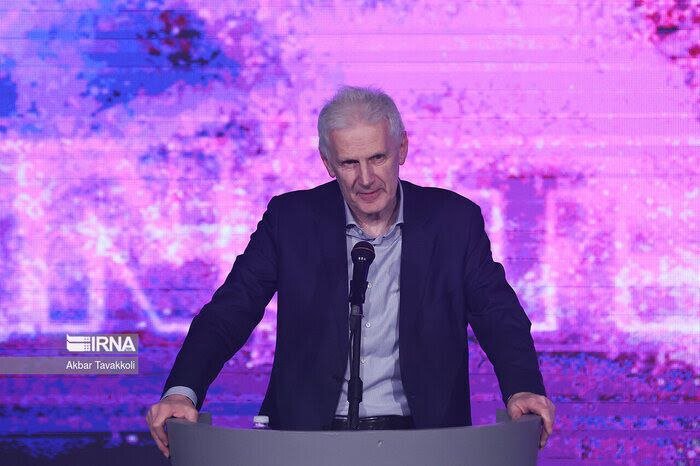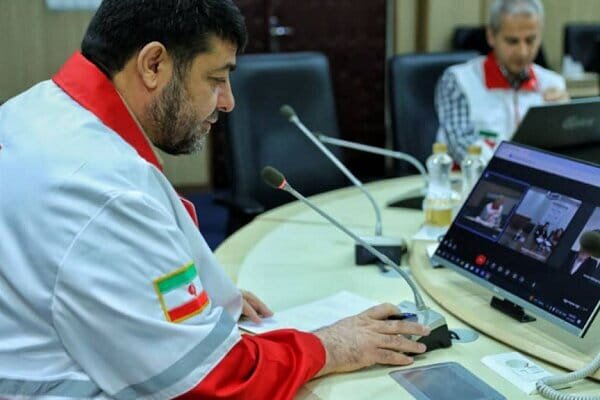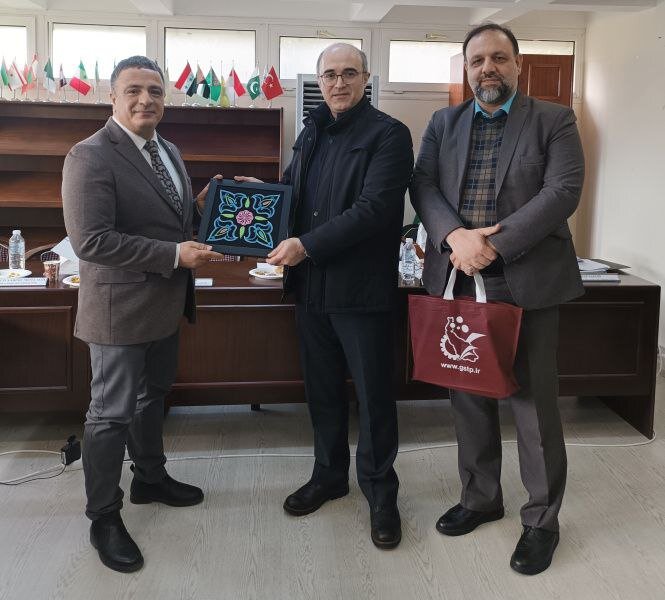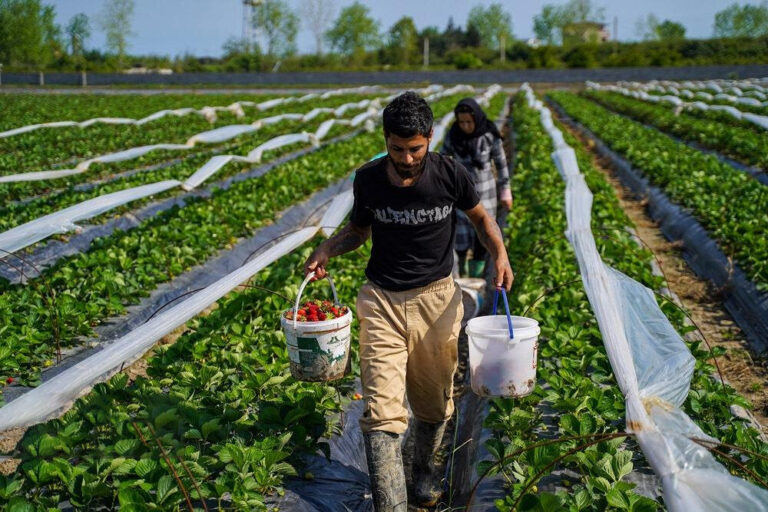National Crisis Unveiled: The Alarming Rise of Widespread Land Subsidence
Water supply in Iran is heavily reliant on rainfall, snowmelt, and underground aquifers. However, decades of over-extraction have significantly depleted these groundwater resources, leading to a looming crisis. As climate change and population growth continue to strain global water resources, many farms and industries have increasingly turned to groundwater to meet their demands. Unfortunately, this reliance has caused severe consequences, including land subsidence, particularly in Tehran. This article will delve into the phenomenon of land subsidence and its underlying causes.
Tehran, with a population exceeding 15 million residents, faces a critical land subsidence crisis. The National Cartographic Center (NCC) of Iran, established in 1953, has been at the forefront of map production and spatial information in the country. According to the NCC, certain regions of Tehran are sinking at alarming rates of up to 31 cm per year. This alarming trend has started to wreak havoc on vital infrastructure and historical sites, marking a national crisis. The consequences are visible in:
- Cracked homes
- Tilting mosques
- Endangerment of historical sites such as the ancient ruins of Persepolis
- Damage to modern infrastructures, including the Imam Khomeini International Airport
Recent research from scientists at the GFZ German Research Center for Geosciences in Potsdam utilized satellite data to assess the extent of subsidence. They employed a technology known as Interferometric Synthetic Aperture Radar (InSAR), which detects even minor ground deformations. Their findings indicated that the land surrounding Imam Khomeini International Airport was sinking at approximately 5 cm per year, categorizing it as one of the more moderate areas affected by subsidence.
Unlike earthquakes or severe weather events that often receive extensive media coverage, land subsidence is less visible due to its gradual nature. However, its impacts are profound and cannot be ignored. Contributing factors to this phenomenon include:
- Scarcity of rainfall
- Uneven distribution of water resources
- High climatic variation
- Mismanagement of water resources
- Mining activities
- Demographic expansion, with Tehran’s population soaring from 2 million just 50 years ago
The Amirkabir Dam, which draws from the Karaj River, has seen a reduction of seven percent in its capacity, now holding 22.09 billion cubic meters of water, according to Isa Bozorgzadeh of the Iranian Water Resources Management Company. This dam, located 30 km northwest of Tehran, was constructed in 1961 to supply the city with essential water and electricity.
Another significant source of water and electricity for Tehran is the Latyan Dam, located south of Lavasan, less than 25 km from the city. Operational since 1967, this buttress dam has a capacity of 95 million cubic meters and has been a crucial resource for the region.
Notably, around 70 percent of Tehran’s water supply comes from five nearby dams, including Amirkabir and Latyan. However, as of March 5, state media reported that these reservoirs were only 13 percent full, highlighting a critical water shortage.
Reflecting on the past, the situation was much different five years ago. In May 2019, the Amirkabir Dam was reported to be 93 percent full, thanks to exceptional water torrents that affected almost all provinces after six decades. Unfortunately, this year’s water shortage can be attributed to significantly lower precipitation levels. The Ministry of Energy reported that rainfall from early October to mid-March barely reached 93.8 mm, a dramatic shortfall from the national average of 157.8 mm, marking a 60 percent reduction.
In light of these challenges, experts recommend several immediate measures, including:
- Reduction of water usage
- Minimization of waste
- Recycling of water
- Optimization of water usage to reduce over-extraction of groundwater
Last year, President Masoud Pezeshkian proposed relocating Iran’s political and economic center away from Tehran, citing the city’s escalating environmental and infrastructural challenges. He emphasized the unsustainability of current development trends in Tehran, particularly concerning water scarcity.
“We have no choice but to move the country’s political and economic center closer to the southern waters,” he stated, underscoring the urgency of addressing Tehran’s mounting problems.
The air quality in Tehran also exacerbates the situation, as polluted air contaminates water storage, affecting rivers downstream. The crisis largely stems from groundwater over-extraction, which has risen from 10 cubic meters per second in 2020 to 17.5 in 2023. Although this figure decreased to 14.5 in 2024, it still remains unsustainable.
If immediate reforms in water management and infrastructure planning are not implemented, Tehran faces increasing risks to its infrastructure, historical sites, and the well-being of its population. The unsustainable approach to managing global water resources could lead to tighter restrictions and future water supply challenges, turning today’s uninterrupted access to water into a distant memory.
As the world grapples with issues surrounding land and energy resources, the looming possibility of future conflicts over water resources becomes increasingly relevant.
